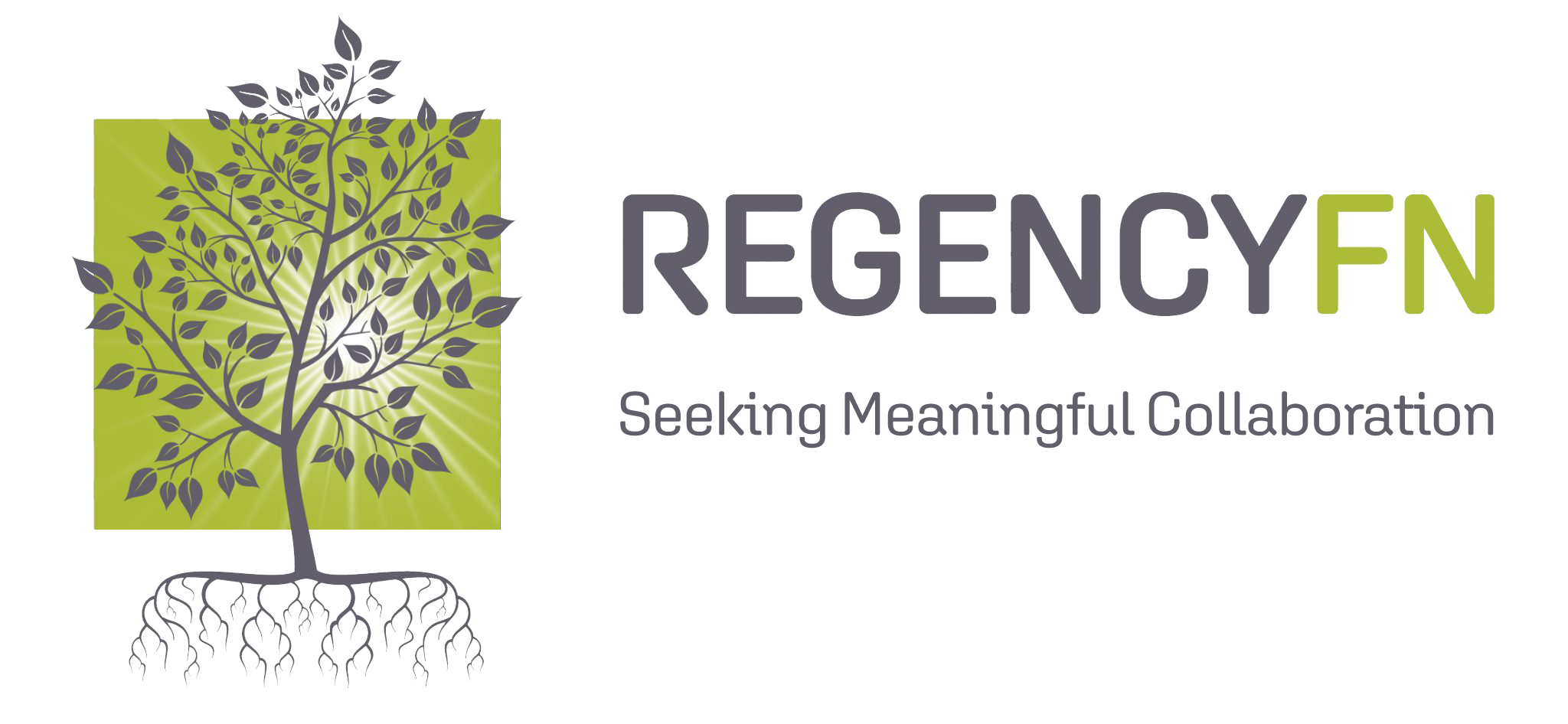Coal Mining in Zimbabwe - a Mine and its People
»» Mining is a key employer and economic boon to many African countries. In Zimbabwe, too, the extractives industry plays a significant role.
In this story, we look at efforts made by Hwange Colliery, Zimbabwe’s biggest coal mine, to develop their industry and provide facilities and infrastructure that benefit staff and local communities. The mine’s CEO, Thomas Makore, states frankly that ‘coal is a dirty business’ and that mining must be done responsibly. We visited the mine to find out more.
The colliery is located in the North-West corner of Zimbabwe, about a 45-minute drive from Victoria Falls. Its output is impressive: approximately 200,000 tons per month, set to increase sizably in the near future. It produces thermal coal used by power stations; industrial coal used by industry; and a product used in the smelting of iron and steel. The colliery is also a huge employer in the region with 3000 staff, 2800 of whom live in houses at the mining village. There is also a school, full-service hospital and homes for employees who have retired.
The discovery of coal reserves in the Hwange region over 100 years ago led to interesting developments for the area and country as a whole. Electricity generation from thermal coal became a reality; the establishment of the country’s National Railway occurred, and a huge power plant was built alongside the mine which is still in operation today powering the country. Roads, water infrastructure and an entire town have emerged.
IT’S AFRICA’S TIME tells the story of the Hwange Colliery through the eyes of those who have journeyed with it over many years. Joseph Sibanda has been chauffeur to the mine’s CEOs for over 30 years and Sister Rosemary Nekatambe, the mother of 4 and stalwart medical professional at Hwange Colliery Hospital, is another. She has worked for many decades at the mine’s hospital which offers a highly respected nursing training facility, developing professionals for Zimbabwe’s medical sector as a whole.
The mine has had its ups and downs over the years and still faces many challenges within the context of Zimbabwe’s ongoing realities and past difficulties. We take a look at the role it has to play in the lives and futures of those connected to it.
